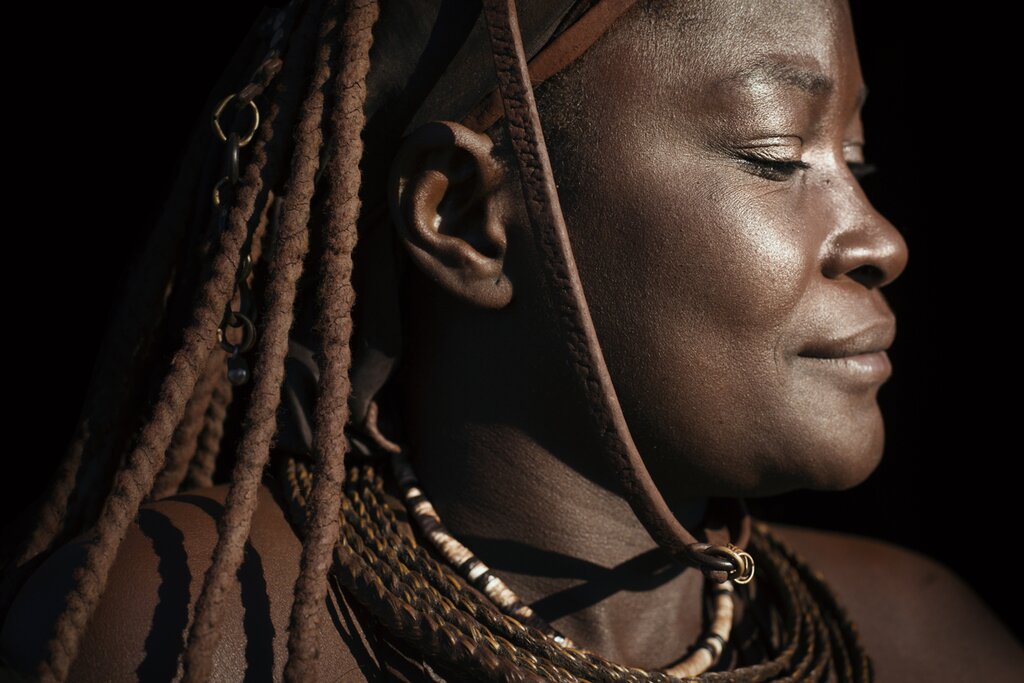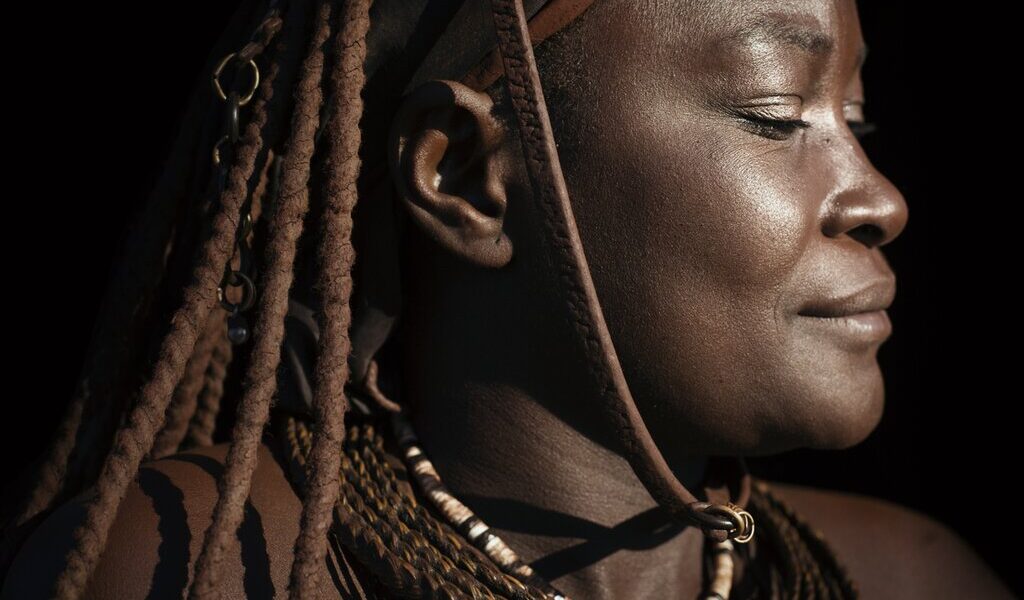
June is the start of winter and the peak season for travel in Namibia. Cool, arid conditions make it a great time to spot African wildlife, including rhinos, hippos, giraffes, and elephants. Road tripping is a popular way of experiencing Namibia’s varied landscapes, from wetland to desert and coast to city. It’s all possible in June.
## Namibia in June: A Comprehensive Travel Guide
June marks the beginning of winter in the captivating country of Namibia. While the climate and conditions exhibit regional variations, the winter season is generally characterized by dry weather, with a welcome absence of rainfall. Across much of the nation, average temperatures hover around a pleasant 70s (Fahrenheit), creating comfortable conditions for exploration and adventure. However, it’s important to be aware of the nuances of the Namibian climate.
In locations situated at higher altitudes, such as the capital city of **Windhoek**, temperatures tend to be a bit cooler, requiring travelers to pack accordingly. Furthermore, desert temperatures experience a significant drop overnight, potentially reaching as low as 32°F (0°C). The Namibian coast, in contrast, remains consistently cooler than the inland regions. Winters along the dramatic **Skeleton Coast** are particularly known for their pervasive fog, creating an ethereal and mysterious atmosphere.
For those planning to embark on safari adventures, it is highly recommended to bring warm clothing, as early mornings can be surprisingly frigid, demanding layers for optimal comfort.
June also signals the commencement of the peak travel season in Namibia. The country’s well-deserved reputation as a premier safari destination results in increased activity within national park areas throughout the winter months. The period from June to August is widely regarded as the optimal time for game viewing, as the vegetation becomes sparser, allowing for improved visibility. Consequently, animals tend to congregate around the remaining water holes, offering excellent opportunities for wildlife sightings.
Given the heightened demand, it is strongly advised to make accommodation bookings well in advance to secure your preferred lodging options. While Namibia is a popular destination, it is worth noting that it generally experiences less congestion compared to some other East African safari locales. The primary areas that tend to attract larger crowds are **Etosha National Park**, the coastal city of **Swakopmund**, and the breathtaking landscapes of **Sossusvlei**.
### Exploring Namibia: Where to Go
**Etosha National Park**, situated in the northern reaches of Namibia, stands as one of the country’s most renowned game areas. It is widely considered to be among the best places in all of Africa to observe the elusive black rhino. The park is centered around the expansive, salty **Etosha Pan**. Beyond the rhinos, the park provides a habitat for a diverse array of wildlife, including majestic flamingoes, imposing elephants, graceful giraffes, stealthy leopards, and stately ostriches. The winter season is an especially favorable time to embark on wildlife-spotting safaris, as the reduced density of vegetation significantly enhances animal visibility. Visitors can find a variety of excellent accommodations in and around Etosha, ranging from comfortable lodges to immersive tented safari camps.
For those seeking to escape the more crowded areas, **Damaraland** in northwestern Namibia offers a compelling alternative. This sparsely populated region, home to the nomadic Himba people, boasts captivating rocky outcrops that provide a stunning backdrop for thrilling 4WD adventures. Within Damaraland, you can also discover the ancient petroglyphs of **Twyfelfontein**, an arid valley located in the **Kunene Region**. This remarkable rock art site represents one of Africa’s largest concentrations of rock petroglyphs, providing invaluable insights into the region’s rich history. The petroglyphs, dating back up to 6,000 years, depict a variety of animals and scenes from daily life. The closest town to these awe-inspiring rock art sites is **Khorixas**.
### Experiencing Namibia: What to Do
For a unique wildlife-viewing experience in Namibia during June, venture to the coastal city of **Swakopmund**, and more specifically, to **Walvis Bay**, located just south of the city. Between June and November, southern right whales and humpback whales embark on their annual migration along this captivating stretch of the **Atlantic coast**. Equip yourself with a pair of binoculars—or simply rely on the naked eye—and scan the horizon from Walvis Bay for unforgettable sightings. The **Walvis Bay Wetlands** are also a must-visit destination. This protected Ramsar site serves as a haven for various bird species, including pelicans and flamingoes, with the latter being more abundant during the summer months.
Whether you have a short five-day window or an extended five-week vacation, embarking on a self-drive road trip around Namibia (or opting to hire a car and driver) presents an exceptional opportunity to intimately explore the country, particularly during the winter season. Numerous route options cater to diverse interests and timeframes. A well-structured two-week itinerary could begin in **Windhoek**, followed by a drive through the dramatic landscapes of the **Kalahari** and the **Namib** deserts, celebrated for their towering dunes, winding rivers, majestic canyons, and breathtaking gorges. Continuing westward towards the coast, you can then head north to encounter nomadic tribes and gain insights into their unique cultures. The itinerary culminates in **Etosha National Park**, providing ample opportunities to witness the region’s impressive wildlife.
B-1695

